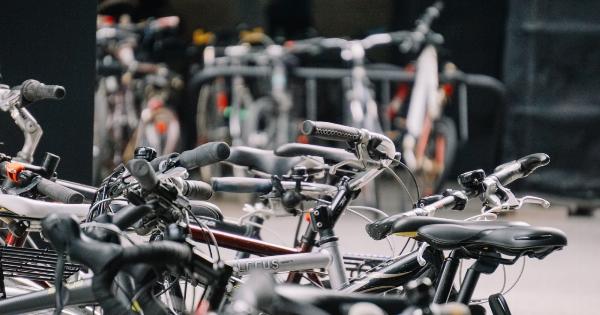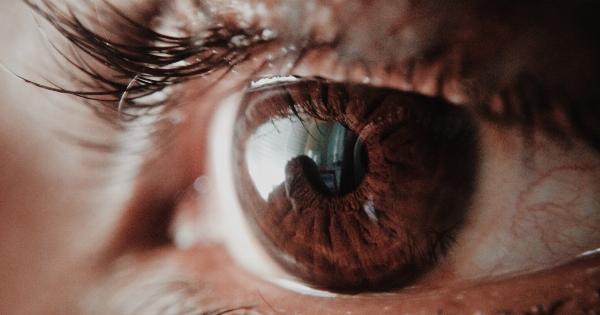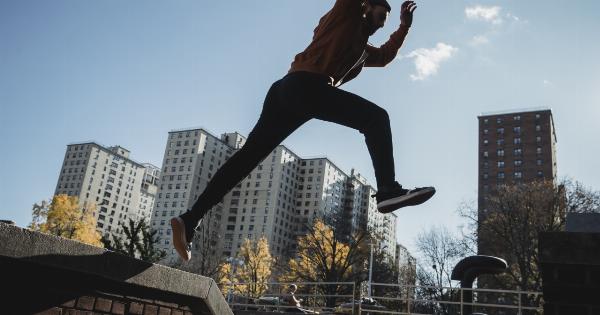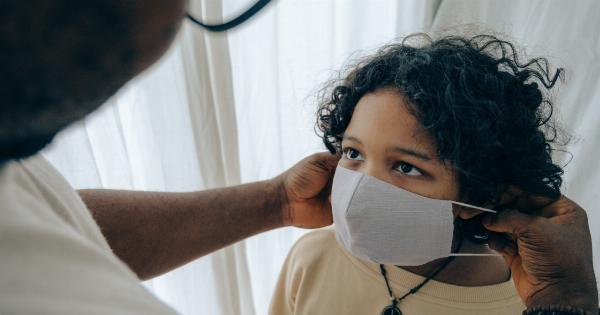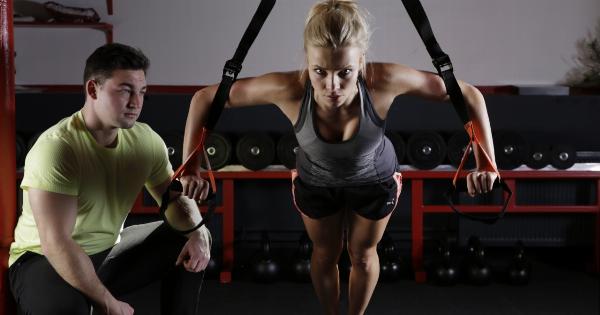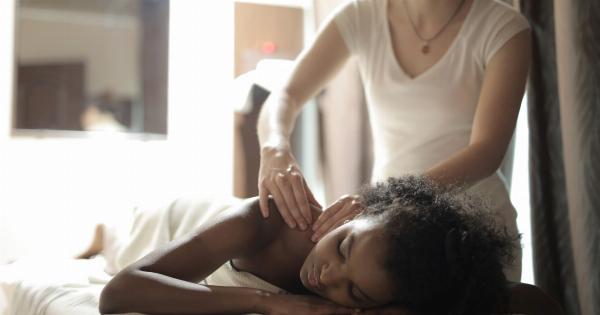Bladder control is something that we take for granted until we start to face issues with it. Whether it’s due to age, medical conditions, or pregnancy, losing control over your bladder can be frustrating and embarrassing.
However, the good news is that you can take steps to regain control over your bladder. In this guide, we’ll take you through the steps you can take to master bladder control and improve your quality of life.
Step 1: Understand Your Bladder
Before you can start working on mastering bladder control, it’s essential to understand how your bladder works. The bladder is a muscular sac that stores urine until it’s time to empty it.
As urine fills the bladder, the muscles stretch, and once the bladder is full, the muscles contract to release the urine out of your body.
Normally, the bladder can hold up to 16 ounces of urine comfortably. The urge to urinate occurs when the bladder is about half full, and at that point, most people can “hold it” for some time. However, this is where problems can arise.
If the bladder muscles weaken, the bladder may not be able to hold as much urine, and the urge to urinate may be more frequent and urgent.
Step 2: Practice Kegel Exercises
Kegel exercises are a type of exercise that strengthens the pelvic floor muscles that support the bladder. These exercises are simple and can be done anywhere without anyone noticing. Here’s how to do them:.
- Identify your pelvic floor muscles by pretending to stop the urine flow midstream once while you’re urinating.
- Tighten these muscles and hold them for 5 seconds or until you’re feeling a slight fatigue in the muscles.
- Release the muscles and relax for 5 seconds before doing the next repetition. Repeat ten times.
- Do these exercises at least three times a day to start seeing results in a couple of months.
Step 3: Empty Your Bladder Completely
Many people don’t empty their bladder completely when they use the bathroom, which can cause problems with bladder control. To ensure you’re emptying your bladder fully, take your time in the bathroom and relax while you’re urinating.
Lean forward slightly when sitting on the toilet to help completely empty your bladder.
Step 4: Use the Bathroom Regularly
Going to the bathroom regularly, even if you don’t feel the urge to urinate, can help prevent bladder problems. Try to schedule bathroom breaks every two to four hours, especially if you have had issues with bladder control in the past.
Step 5: Avoid Certain Foods and Beverages
Some foods and beverages can irritate the bladder and cause problems with bladder control. Limit or avoid these items:.
- Caffeinated beverages like coffee, tea, and soda
- Alcohol
- Artificial sweeteners
- Acidic foods like tomatoes, lemons, and grapefruit
It’s essential to stay hydrated to keep your bladder healthy, but try to drink water instead of caffeinated beverages or alcohol.
Step 6: Maintain a Healthy Weight
Being overweight or obese can put extra pressure on the bladder and worsen problems of bladder control. Maintaining a healthy weight through a balanced diet and regular exercise can help support good bladder health.
Losing even a small amount of weight can have a significant impact on bladder control.
Step 7: Consider Medical Treatment
If you’re having significant issues with bladder control, it may be time to consider medical treatment. Treatments can include medication, physical therapy, or surgery based on the cause of the problem.
Consult with a healthcare provider with expertise in bladder control issues to determine the best course of action.
Step 8: Use Incontinence Products
If you’re experiencing bladder control problems but don’t want to seek medical treatment or if treatment hasn’t helped, then using incontinence products can help offer protection and prevent embarrassment.
Incontinence products like pads, liners, and underwear can help you manage leaks and stay comfortable throughout the day.
Step 9: Practice Good Hygiene
Bladder control problems can make you more prone to urinary tract infections and other infections. To avoid getting infections, make sure to practice good hygiene. Here are some tips:.
- Wipe from front to back after using the bathroom to avoid spreading bacteria from your anus to your urethra.
- Clean the genital area with mild soap and water regularly.
- Wear clean underwear every day. Cotton underwear is best as it allows your skin to breathe.
Step 10: Reduce Stress
Stress can worsen bladder control problems, so taking steps to reduce stress in your life can help improve bladder control. Consider practicing relaxation techniques like yoga, deep breathing, or meditation.
Exercise can also help reduce stress levels and improve your overall health.
Mastering bladder control takes time and patience, but it’s worth the effort to improve your quality of life. By following these steps, you can take control of your bladder and start living a fuller life.







